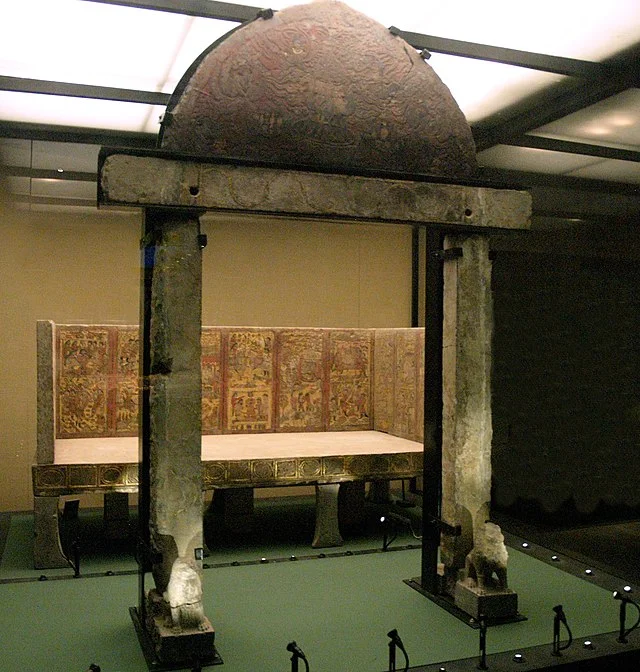The Tomb of An Jia is an important archaeological site from the Northern Zhou dynasty (AD 557–581). It offers unique insights into the multicultural influences and burial customs of northern China during this period. Discovered in Xi’an, China, the tomb was unearthed in 2000 during a rescue excavation prompted by construction work.
Get your dose of History via Email
Historical Background
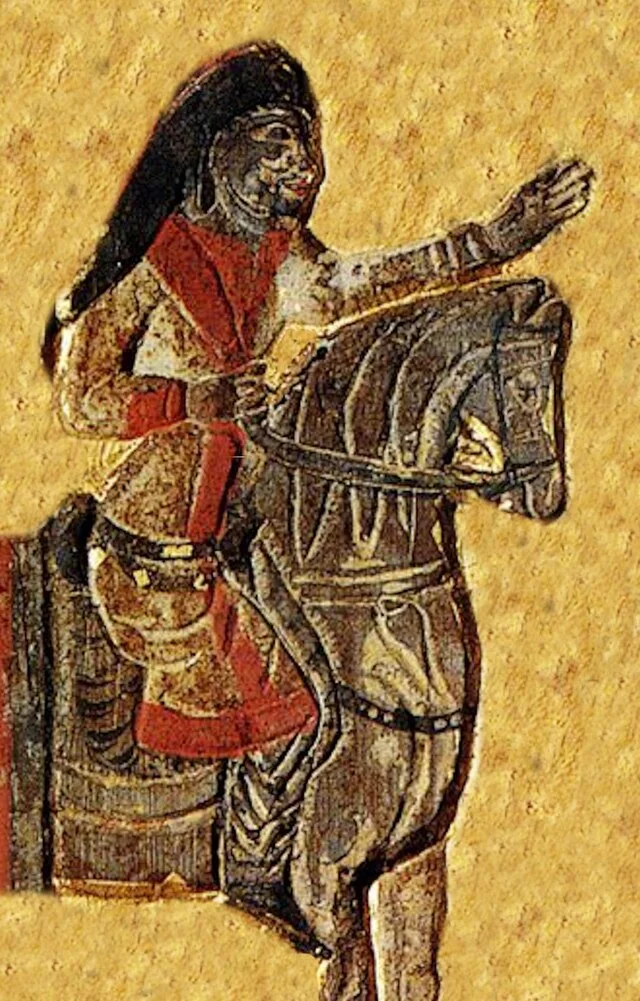
An Jia, whose name reflects his Sogdian heritage, was a prominent figure in northern China. He held the title of Sabao, a term used for leaders of Sogdian communities responsible for managing trade and cultural affairs. His tomb reflects the deep integration of Sogdian traders into Chinese society while maintaining aspects of their native culture.
The Northern Zhou dynasty governed during a time of significant cultural exchange. The Silk Road facilitated interactions between East Asia, Central Asia, and the Mediterranean world. An Jia’s tomb illustrates the blending of Sogdian and Chinese cultural elements during this dynamic period.
Tomb Structure and Design
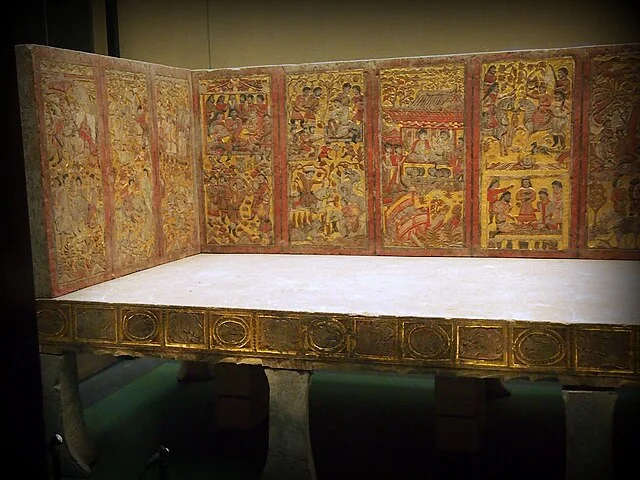
The tomb has a brick chamber with a domed roof, measuring 7.8 meters long and 2.4 meters wide. Its design aligns with Chinese burial customs of the time. However, its decorative features and certain structural details reveal strong Sogdian influences.
Murals inside the tomb depict scenes of feasting, dancing, and trade. These images provide a rare glimpse into the life of Sogdian elites in China. The murals also highlight their role as cultural intermediaries along the Silk Road.
Key Artifacts
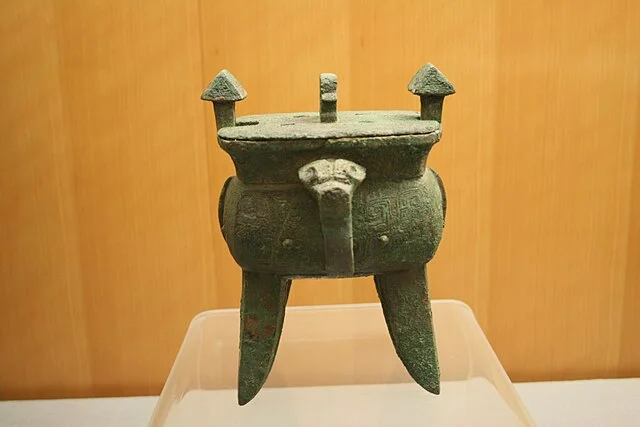
The tomb contained valuable artifacts, including a stone epitaph slab. The inscription records An Jia’s official role and praises his contributions to society. It provides details about his career, emphasizing his leadership and diplomatic skills.
Other items, such as pottery and figurines, further illustrate the blending of Chinese and Sogdian traditions. These artifacts reflect the economic and cultural ties between the two regions.
Cultural Significance
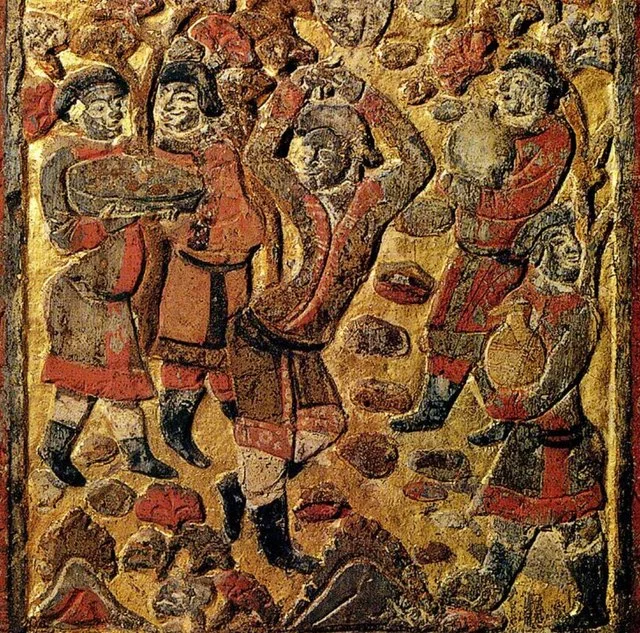
The Tomb of An Jia demonstrates the integration of Sogdian immigrants into Chinese society while preserving their unique identity. It highlights the cosmopolitan nature of the Silk Road era. The tomb also emphasizes the importance of trade, diplomacy, and cultural exchange during the Northern Zhou dynasty.
Scholars use this tomb to study the interactions between different cultures along the Silk Road. Its murals and artifacts serve as vital sources for understanding the period’s multiculturalism.
Preservation and Legacy
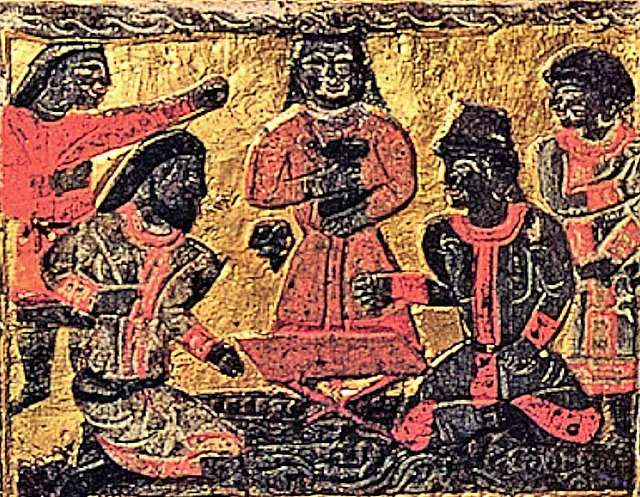
Today, the Tomb of An Jia is a protected heritage site. Its discovery has enhanced our understanding of Silk Road history and the role of Sogdians in China. Researchers continue to study its murals, inscriptions, and artifacts to gain new insights into this fascinating period.
By examining the Tomb of An Jia, we better understand the cultural dynamics that shaped ancient China and its connections with the wider world.
Source:

